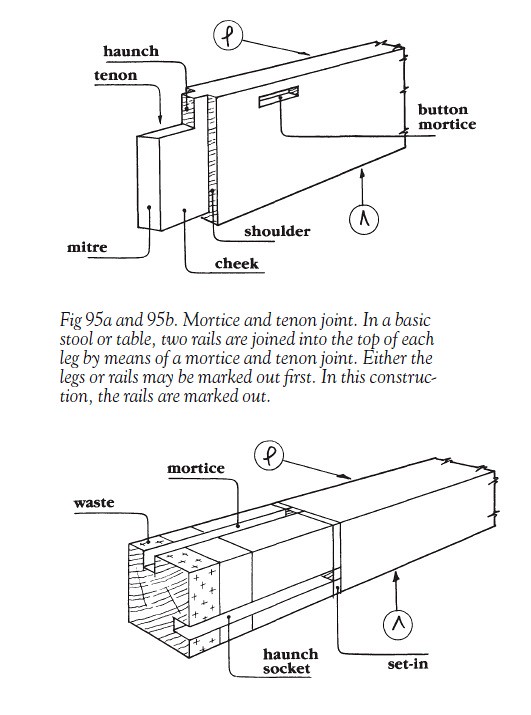RobinBHM
Established Member
Different workshops will chose different conventions and face and edge marks are used for different reasons.
In joinery face and edge marks are chosen for machining reference. For example a pair of door stiles will be paired up with any bow mirrored and the face and edges marked. Consistency is key so that the mark on a component will always face the same way each time the machining operations for a job is done. That way the face mark will always face the morticer fence, or down onto the spindle moulder bed, or down to tenoner bed.
Consistency is the key, it is one less thing to think about and get wrong! For example, when I write cutting lists for veneered boards, the first dimension is always grain direction not the longest dimension. Window and door frames are width x height.
In joinery face and edge marks are chosen for machining reference. For example a pair of door stiles will be paired up with any bow mirrored and the face and edges marked. Consistency is key so that the mark on a component will always face the same way each time the machining operations for a job is done. That way the face mark will always face the morticer fence, or down onto the spindle moulder bed, or down to tenoner bed.
Consistency is the key, it is one less thing to think about and get wrong! For example, when I write cutting lists for veneered boards, the first dimension is always grain direction not the longest dimension. Window and door frames are width x height.

































